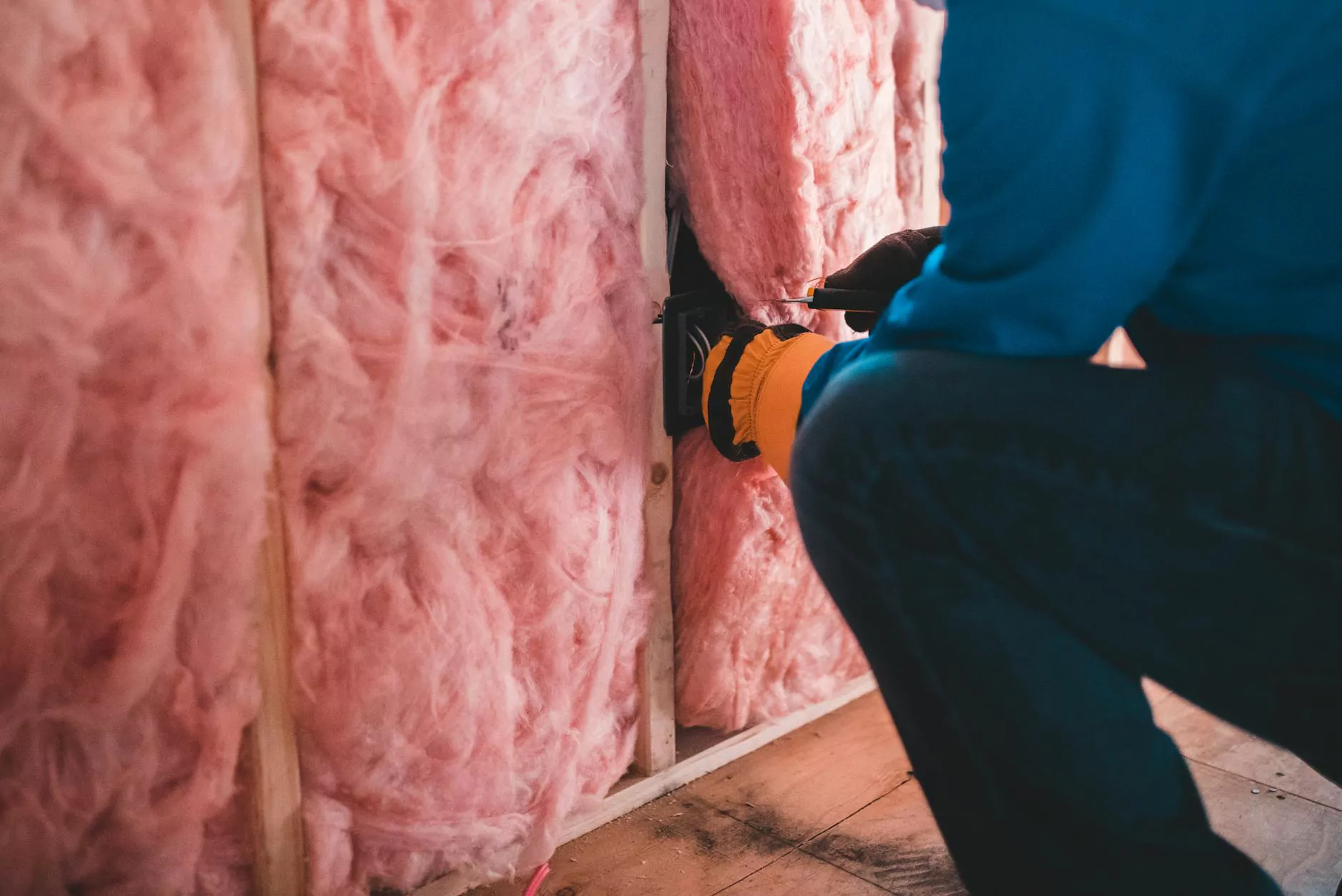Comprehensive Guide to MRI Maintenance: Ensuring Peak Performance

MRI maintenance is an essential aspect of diagnostic services, particularly in medical centers that rely heavily on magnetic resonance imaging technology. The significance of routine and thorough maintenance cannot be overstated, as it ensures the accuracy of imaging, prolongs the life of the equipment, and safeguards patient safety. In this extensive guide, we will explore various facets of MRI maintenance and how it can benefit diagnostic facilities.
Understanding MRI Technology
Magnetic Resonance Imaging (MRI) is a non-invasive diagnostic tool that utilizes powerful magnets and radio waves to produce detailed images of organs and tissues within the body. This technology is crucial for diagnosing a variety of medical conditions, particularly in health & medical fields. However, like all complex machines, MRI systems require regular maintenance to perform optimally.
The Components of an MRI Machine
To effectively maintain an MRI machine, one must first understand its primary components:
- Magnet: The heart of the MRI machine, generating a strong magnetic field necessary for imaging.
- Gradient Coils: These coils alter the magnetic field strength and are crucial for spatial coding of images.
- Radiofrequency Coils: These coils transmit radio signals and receive the signals emitted by the body.
- Computer System: Responsible for processing the data and converting it into visual images.
Importance of MRI Maintenance
Routine MRI maintenance is vital for several reasons:
1. Accuracy of Diagnostic Results
Regular maintenance helps in maintaining the integrity of the imaging output. Any malfunction or misalignment can lead to incorrect diagnoses, directly affecting patient treatment plans.
2. Longevity of Equipment
Just like any other sophisticated machinery, MRI machines benefit from regular check-ups. Well-maintained equipment will have a longer lifespan, reducing replacement costs for medical centers.
3. Patient Safety
MRI machines must be functioning correctly to ensure patient safety. A malfunctioning MRI can pose risks, including exposure to dangerous situations due to equipment failure during a scan.
4. Compliance with Regulatory Standards
Many healthcare facilities are regulated under strict guidelines. Regular MRI maintenance ensures compliance with standards set by health authorities, minimizing legal and financial repercussions.
Components of an Effective MRI Maintenance Program
An effective MRI maintenance program should include several key components:
1. Scheduled Preventive Maintenance
Establishing a routine schedule for checks, including thorough inspections and part replacements, is crucial. This may include daily, weekly, monthly, and annual check-ups.
2. Technical Support and Training
Staff training on the proper usage and basic troubleshooting of MRI machines can significantly reduce the frequency of technical issues. Moreover, having a reliable technical support system in place ensures quick resolution of any problems that may arise.
3. System Performance Monitoring
Continuous monitoring of the MRI system's performance can help identify issues before they become critical. This includes tracking image quality and performance metrics.
4. Documentation and Reporting
Keeping meticulous records of maintenance activities, repairs, and any operational problems is vital for tracking the health of the MRI equipment and ensuring compliance with regulations.
Key Maintenance Procedures for MRI Machines
To ensure optimal performance, regular maintenance involves a variety of checks and procedures:
1. Cooling System Checks
MRI machines generate a significant amount of heat, and an effective cooling system is crucial. Technicians should regularly check for coolant levels and ensure that cooling systems are functioning correctly.
2. Magnet Calibration
Periodic calibration of the MRI magnet is necessary to ensure that the magnetic field strength remains within the manufacturer's specifications. Misalignments can result in unclear images.
3. Alignment of Gradient Coils
Gradient coils must be properly aligned to ensure accurate imaging. Regular checks for distortions or misalignments are essential.
4. Radiofrequency Coil Maintenance
Inspections on RF coils need to be executed regularly to check for wear and tear that could affect signal transmission and image quality.
Challenges in MRI Maintenance
While MRI maintenance is critical, it is not without challenges:
1. Technological Advancements
As MRI technology evolves, keeping up with the latest maintenance practices and technologies can be daunting for some facilities.
2. Resource Allocation
Many healthcare facilities face budget constraints that can limit their ability to perform necessary maintenance or hire skilled technicians.
3. Staff Training
Ensuring all staff is adequately trained in the latest MRI technologies and maintenance protocols is a constant challenge.
The Future of MRI Maintenance
As the healthcare sector continues to embrace technological innovation, the future of MRI maintenance also evolves. Predictive maintenance, driven by data analytics and AI, is on the rise, aiming to enhance the reliability of MRI machines while reducing downtime. Utilizing advanced software to monitor machine performance in real-time can lead to timely maintenance, maximizing machine availability for patient use.
Conclusion
In summary, MRI maintenance is a pivotal component of diagnostic services in the health and medical fields. By adhering to a structured maintenance program, medical centers can ensure the longevity of their MRI machines, improve diagnostic accuracy, and maintain patient safety. Investing in maintenance not only preserves the integrity of the technology but also contributes to the overall effectiveness of healthcare delivery.
For more information about how to optimize your MRI maintenance strategies, visit echomagnetservices.com.









